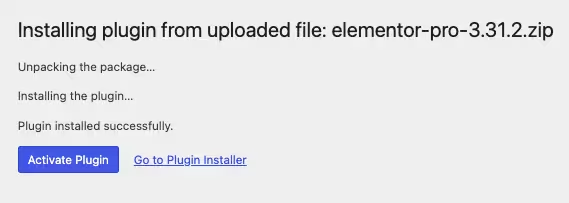Gravity forms | Salesforce
Updated on: December 4, 2025
Version 1.1.1

Single Purchase
Buy this product once and own it forever.
Membership
Unlock everything on the site for one low price.
Product Overview
Integrate your Gravity Forms seamlessly with Salesforce to streamline your data management processes. This powerful add-on ensures that every form submission is automatically sent to your Salesforce account, eliminating the need for manual data entry. With its user-friendly interface, you can easily map your form fields to Salesforce objects, saving you time and reducing errors. Plus, the flexibility of this integration allows you to customize the data flow according to your specific needs. Experience a new level of efficiency in managing your leads and customer information.
Key Features
- Automatic data transfer from Gravity Forms to Salesforce, simplifying your workflow.
- Custom field mapping to align your forms with Salesforce objects effortlessly.
- Real-time data synchronization to keep your CRM updated instantly.
- Flexible integration settings for tailored data management according to your business needs.
- User-friendly setup process, requiring no technical expertise.
- Support for multiple Salesforce accounts, ideal for diverse business operations.
- Detailed logging of submissions for easy tracking and troubleshooting.
- Regular updates and support to ensure compatibility with the latest Gravity Forms and Salesforce versions.
Installation & Usage Guide
What You'll Need
- After downloading from our website, first unzip the file. Inside, you may find extra items like templates or documentation. Make sure to use the correct plugin/theme file when installing.
Unzip the Plugin File
Find the plugin's .zip file on your computer. Right-click and extract its contents to a new folder.

Upload the Plugin Folder
Navigate to the wp-content/plugins folder on your website's side. Then, drag and drop the unzipped plugin folder from your computer into this directory.

Activate the Plugin
Finally, log in to your WordPress dashboard. Go to the Plugins menu. You should see your new plugin listed. Click Activate to finish the installation.

PureGPL ensures you have all the tools and support you need for seamless installations and updates!
For any installation or technical-related queries, Please contact via Live Chat or Support Ticket.